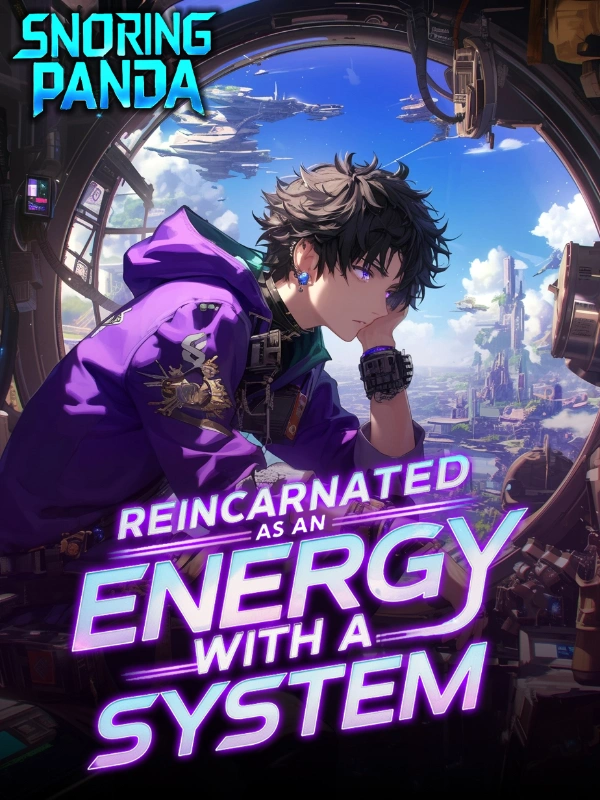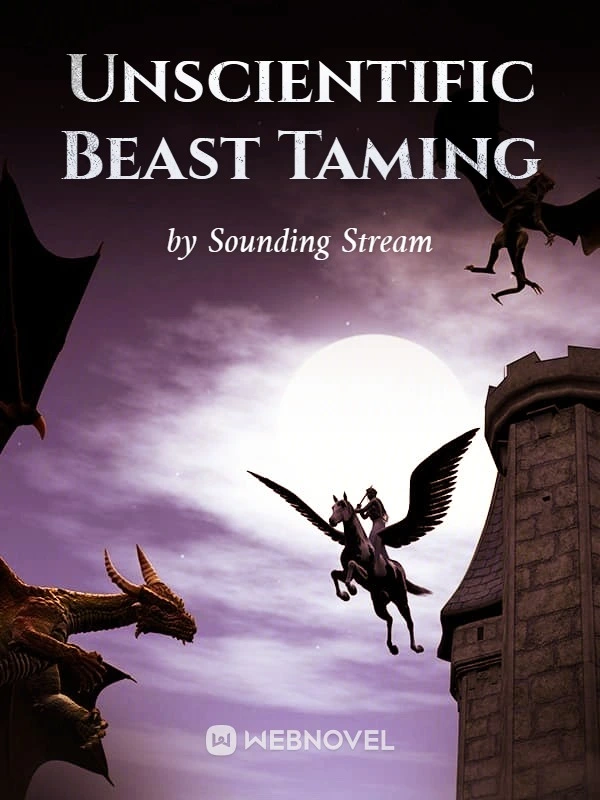Bruno’s return from the Austrian Alps was one of relative peace. His days spent at home were largely focused on his work at the Central Division of German High Command, as well as the management of several major businesses.
Whether it was textiles, construction, extraction and processing of raw materials, heavy industry, etc., Bruno had largely invested in a wide variety of industries that he was either partially or fully the owner of. His wealth was vast, but nowhere near what it would be in the future.
Even so, the man had other concerns on his mind at the moment. Frankly speaking, while the Reich’s railways were robust and more than capable of supporting the war effort should it arrive at their borders, investments into reinforcing this infrastructure so that it was capable of withstanding the stress of war and expanding into Austro-Hungarian territory, especially the Balkans, were needed.
This was explicitly why he made the pinky promise with Princess Hedwig, as it guaranteed he would be able to return to the Hofburg and hopefully use that visit to convince the Austrian Kaiser towards his proposals—specifically, proposals for investing in the expansion and reinforcement of their railway.
But it would be a long time before Bruno could fulfill this promise to the Austrian Princess and, in doing so, get this opportunity. Rather, he wanted to enhance his own nation’s railway capabilities.
Because of this, he immediately began drawing up plans to expand and reinforce German railways for two purposes. The introduction of armored trains would secure their logistical supply network, especially if they were fighting a defensive war, as Bruno planned.
Doing this meant the enemy would have a harder time damaging not only their railways but the rail cars that transported men and supplies to the frontlines. Second, Bruno wanted to establish railguns.
Bruno was not considering the enormous monstrosity known as the Gustav Gun, perhaps the most ludicrously large piece of artillery ever fielded in battle. No, the 280mm Krupp K5 was more than enough to fulfill the needs of the German Army.
It was smaller, put less stress on the railways, and of course was easier to transport, not requiring the construction of new railways that could support it, unlike the Gustav Gun. So, first and foremost was enhancing and reinforcing the current railway systems. It didn’t exactly hurt to make them compatible with the high-speed trains of the future, right?
These would require substantial re-engineering considering that the current rail systems were about as obsolete and in as poor condition as the United States railways of the 21st century.
If he was going to overhaul the German Reich’s railways, why not ensure they were modern enough to support future advancements in train technology?
High-speed rails, unlike earlier designs, were generally constructed of thermite-welded steel rails placed over concrete or steel ties. This was in stark contrast to how railways were currently constructed, which were made on wooden ties with wrought iron rails that had been riveted together.
Either way, for Germany to enter the new century and to make use of the advancements of the coming decades, they would need to undergo this reconstruction effort of the entire railway system.
And since Bruno wanted to reinforce them and expand them across greater boundaries, not only of the German Reich but also of its allies, it only made sense to make such investments now. He drafted a proposal, in terms of blueprints and techniques needed to actually build such things, and then sent them to his father, who was still a member of the Bundesrat.
Though Bruno’s father was not on the Railways Committee and was rather on the Land Army and Fortresses Committee, several of Bruno’s designs, such as those for railway guns and improved rail cars, fell under his jurisdiction.
In addition to this, Bruno knew his father was associated or perhaps even quite friendly with at least one man on the Railways Committee, hence why his father was his go-ahead for getting this project started.
Naturally, the companies advised to contract for the construction of both the railway improvements and the armored train/railway guns were owned by Bruno in some capacity. It was ultimately up to Bruno’s father whether or not these affairs would be approved.
But after ensuring that the railway system would begin undergoing massive investments over the coming years, Bruno also began focusing on two regions in which he had been making plans in the background for some time now.
First and foremost, Bruno wanted to drag Romania into the war on behalf of the Central Powers, and to do so would require diplomatic maneuvering from the Kaiser, which he had not taken in his past life.
At the moment, the King of Romania, Carol I, favored Germany and the Central Powers over their rivals. However, there was one problem with this—he would die in 1914, and his successor favored the Entente.
Bruno would have to find some way to convince the successor to side with the Central Powers, and the reason for this was simple. Romania was one of two potential regions for Bruno to begin extracting and refining oil from, a region that could be connected to his grand railway plans through Austro-Hungarian territory.
However, if Romania did not join the Central Powers and instead continued on its course from Bruno’s previous life, then Bruno would, unfortunately, have to rely on oil from German Kamerun. It was one of Germany’s colonies in Africa, and though Germany didn’t realize it yet, there were substantial oil and natural gas reserves in the region.
Or should I say Germany was just now learning about this because Bruno had begun investing in the region’s development specifically for this purpose as far back as 1901, when he received his initial fortune.
By now, the oil- and gas-rich regions of the colony were under Bruno’s control, and the construction of extraction and processing facilities was underway. If the worst came to worst, Bruno could rely on his advanced destroyers and U-boats to protect the oil transport convoys.
But this would require constant travel between Africa and Europe, a journey that was both perilous in a time of war and long. It was because of this that Bruno really wanted to get Romania on his side so he could make use of their oil deposits to fuel his future plans for the mass implementation of tanks, armored cars, and a motorized logistical support network.
But the plans to create these armored cars and five-ton trucks would have to wait for another time. After burning the midnight oil to ensure that the railway could be improved to his specifications, Bruno decided to finally crawl into bed, where he kissed his sleeping wife on the cheek before fully entering the dream world himself.


















